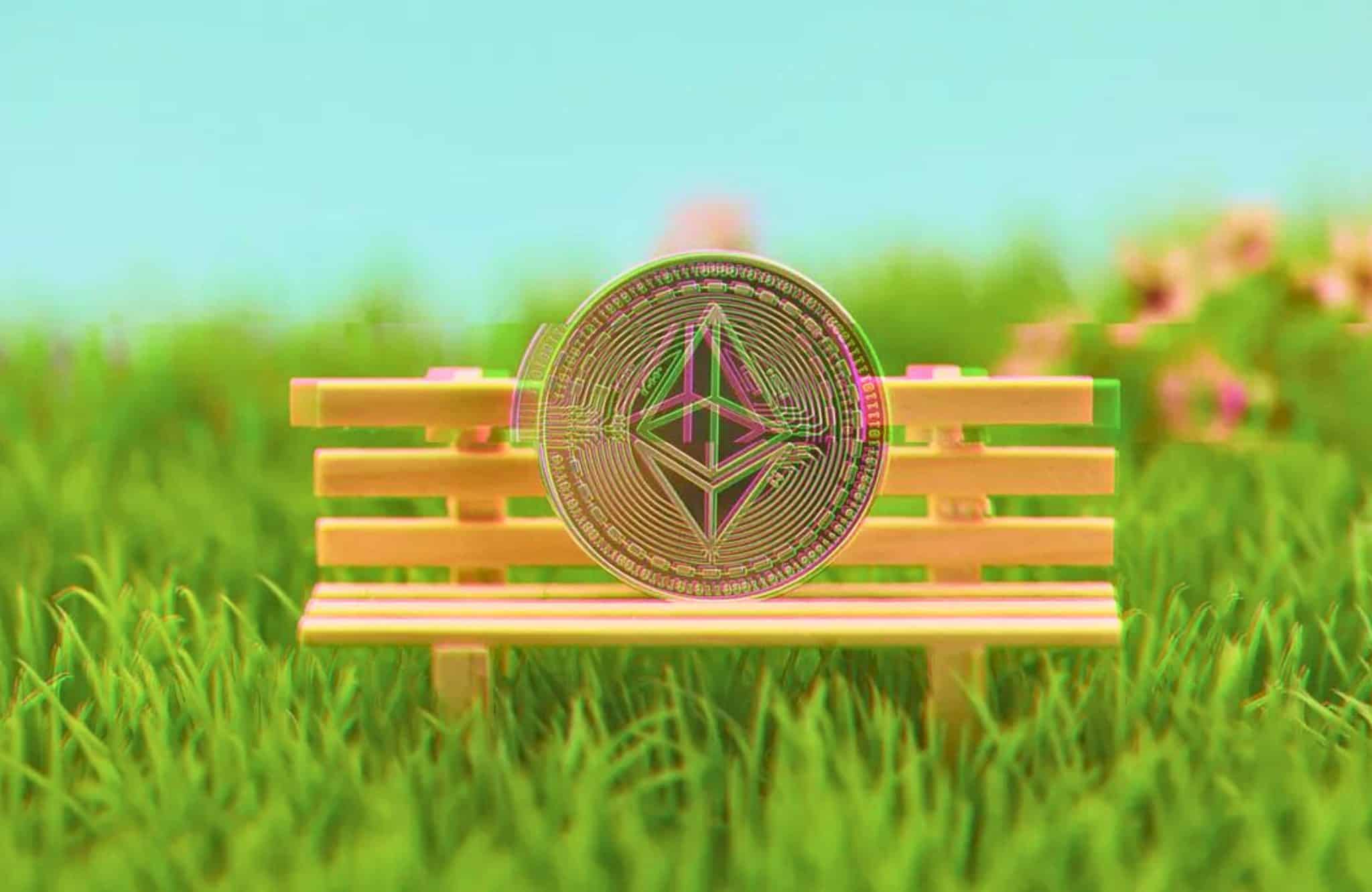Ethereum’s record highs during 2021 felt like an appetizer—a palate cleanser before Ethereum 2.0 launched in 2022 and proof of stake melted our faces off.
In the run-up to Eth2.0, we also had EIP-1559 (AKA the London Hard Fork), which began burning Ether after transactions making Ethereum slightly deflationary.
“If Bitcoin’s fixed supply is sound money, then if you have a decreasing supply, does that make us ultrasound money?” — Vitalik Buterin
It seemed like Ethereum
would easily crush a $10,000 coin back then. It didn’t. In fact, Ethereum has lost 50% of its value since the debut of Ethereum 2.0.

Today, Ethereum is still lagging in price gains compared to most other altcoins, up 47% on the year, while tokens like Solana have surged 615%.
So ask yourself:
With the introduction of Ethereum 2.0, miners started losing large sums of money. Before Eth2, verifying the network paid miners handsomely, and they were also awarded transaction fees. Now, all ETH base fees are burned to make the network deflationary.
Can you hear those Ether tokens sizzling?
The biggest change that Ethereum 2.0 brought about, however, was destroying miners’ power in the network and giving it to people who held ETH tokens.
:format(jpg)/cloudfront-us-east-1.images.arcpublishing.com/coindesk/3SQUBZZIXJEEPBGJYEG3JEGYVE.png)
Miners used to have more power than even developers. Then poof. It was gone.
In a proof-of-work system, the more computational energy you provide, the more power you have over the blockchain. This responsibility rewards you with more Ethereum tokens; it’s also why miners pool their computational power together.
Conversely, in Ethereum’s new proof-of-stake system, the more tokens staked equate to the amount of power you receive on the blockchain.
This is amazing for non-miners like you and me. But it sparked a civil war in the mining community and, to this day, has made Ethereum more centralized (yet faster; more scalable) than it was as a Proof of Work blockchain.
DISCOVER: The Best Way to Accumulate Undervalued Ethereum in September 2024 – Beginner’s Guide



Comments (No)